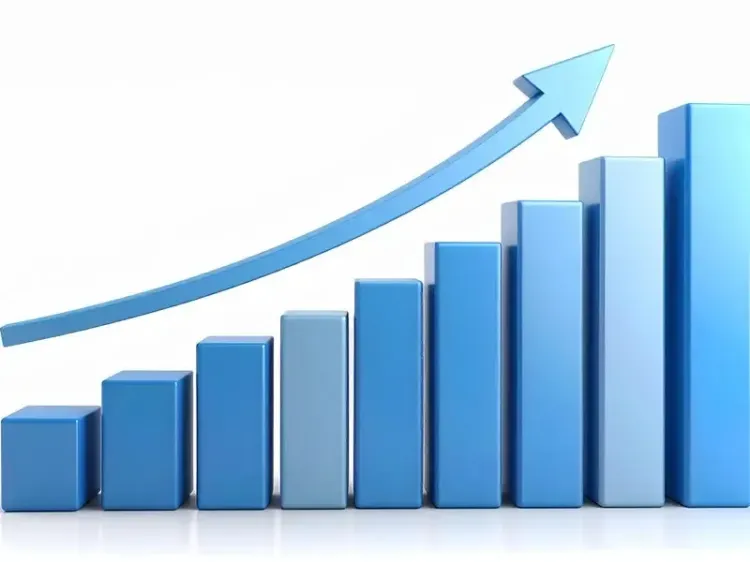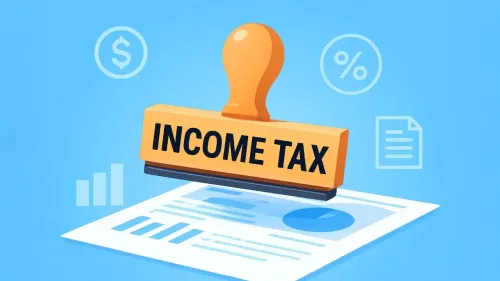Will India’s growth momentum strengthen in 2026 as domestic demand rises?

Synopsis
Key Takeaways
- Domestic demand is the key driver of growth.
- GDP is projected to grow at 6.5% in FY 2027-28.
- Rural consumption remains robust due to strong farm incomes.
- Urban consumption is recovering with policy support.
- Private investment is expected to rise, supporting job creation.
New Delhi, Nov 17 (NationPress) The economic forecast for India in 2026 appears positive, as domestic demand is anticipated to be the primary catalyst for growth, according to a recent report released on Monday.
Data gathered by Morgan Stanley indicates that macroeconomic indicators remain stable, providing policymakers with sufficient leeway to foster growth via monetary and fiscal interventions.
The report highlights that India’s growth trajectory will largely rely on increased household expenditure and an uptick in private sector investments.
With both rural and urban consumption projected to rise, the GDP is expected to expand at a rate of 6.5 percent during FY 2027–28.
Rural demand has already shown resilience due to robust agricultural incomes, while urban demand, which had previously faltered, is now starting to recover as policy support takes effect.
On the policy side, Morgan Stanley predicts that the RBI will likely reduce interest rates by an additional 25 basis points in December 2025, lowering the policy rate to 5.25 percent.
After this adjustment, the central bank is expected to take a pause to assess the impact of the current easing cycle. Furthermore, the government is anticipated to maintain its emphasis on capital expenditure and gradual fiscal consolidation.
The report also recognizes that risks to economic growth are balanced. Global influences, such as geopolitical tensions, sluggish trade, and policy changes in the US, could present challenges.
Nonetheless, a stronger-than-expected domestic response to policy support or a quicker global recovery could elevate growth beyond current forecasts.
Another significant aspect of the outlook is the diversification of consumption. Urban demand had been pressured by high interest rates, subdued hiring trends, and limited wage growth. In contrast, rural consumption has thrived due to favorable harvests and strong agricultural earnings.
With the RBI easing policies across interest rates, liquidity, and regulations, borrowing costs are on the decline. Loan rates have already diminished, and a rise in retail lending is likely to further enhance urban spending.
Additionally, the government's tax reforms, particularly income tax reductions totaling Rs 1 trillion and GST rationalization, are expected to significantly enhance disposable incomes, particularly for the middle class.
As business confidence grows, private sector investment is expected to rise, thereby supporting job creation and further fortifying consumption, according to the report.









